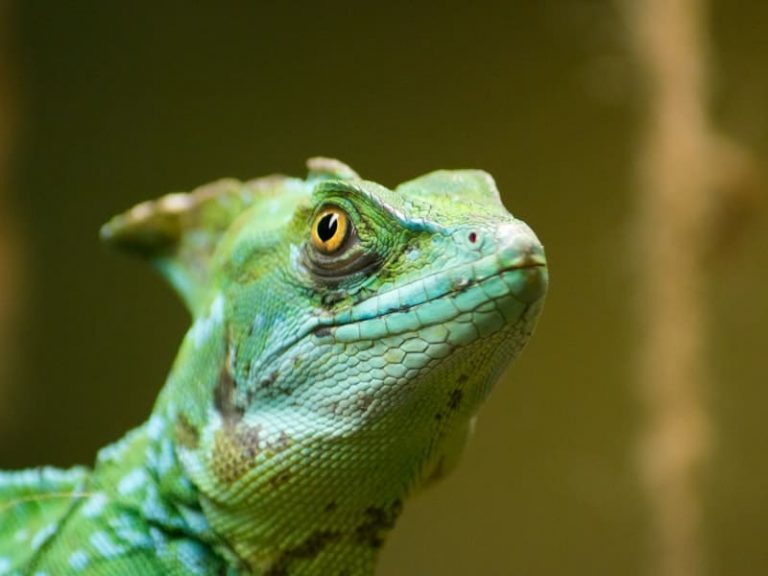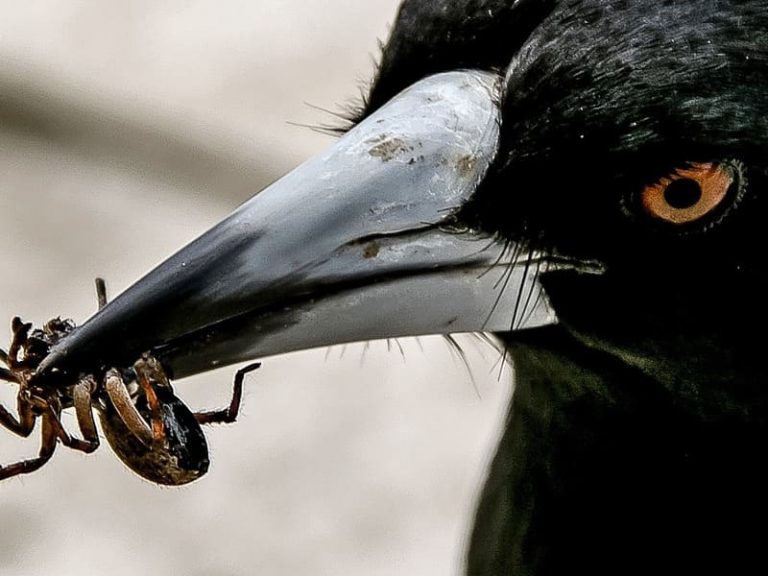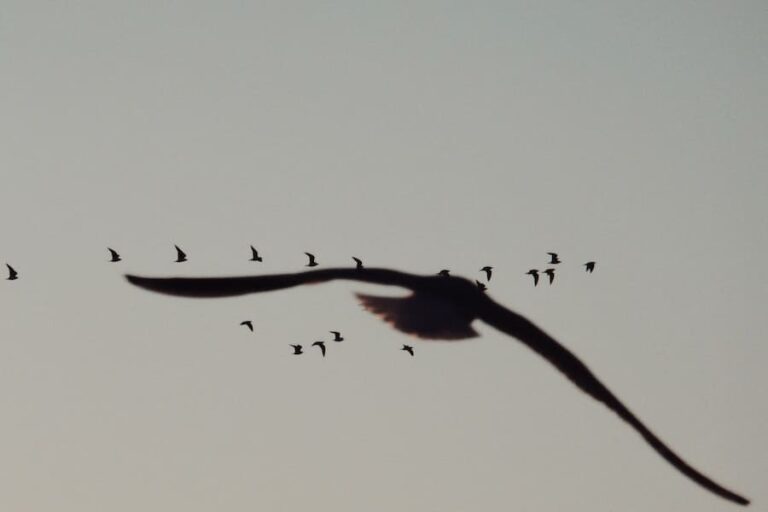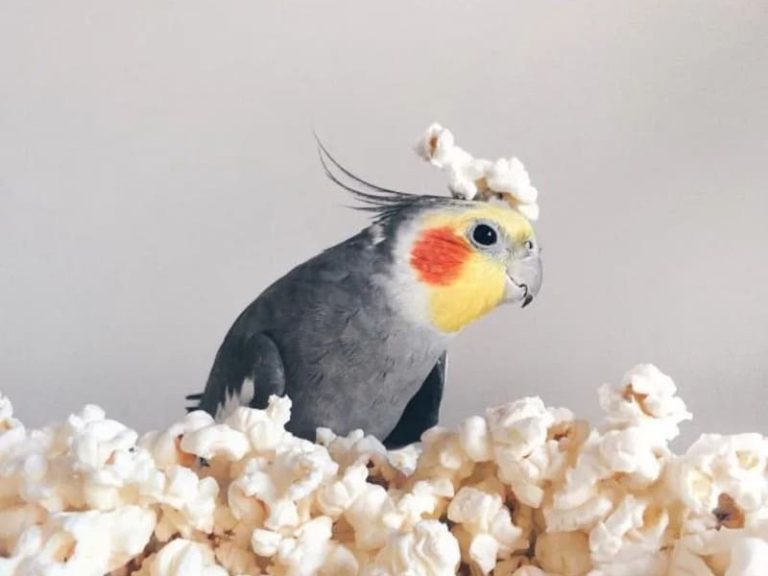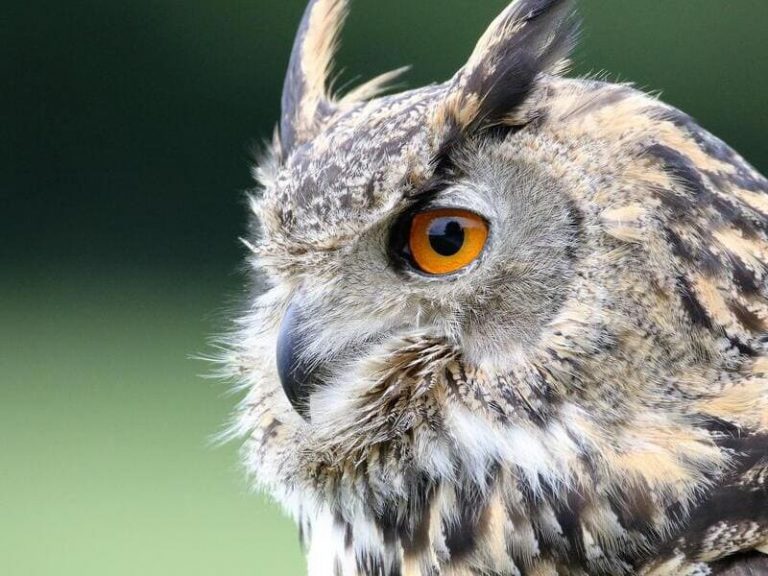Why Do Cardinals Fly Into Windows? Understanding the Causes
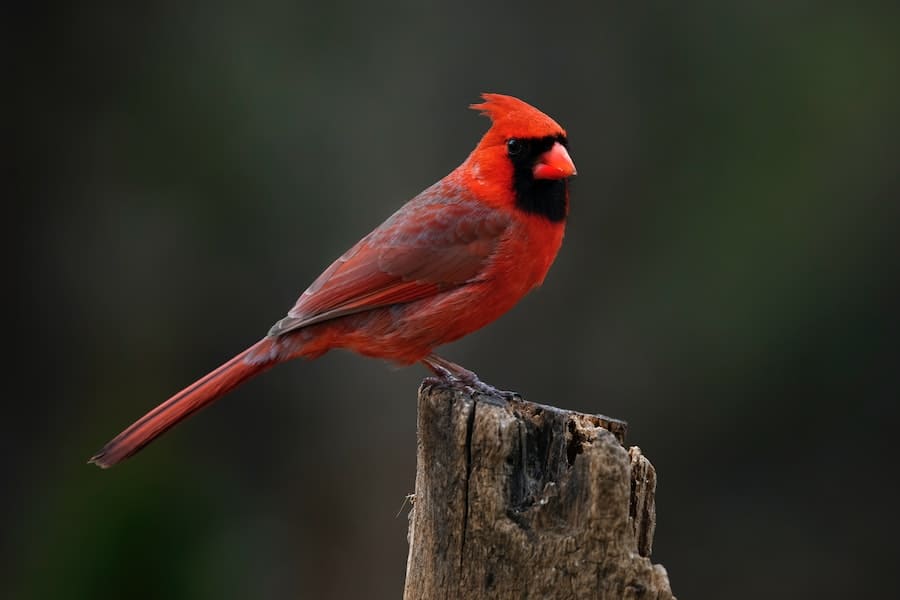
Cardinals are one of the most beautiful birds that can be seen in backyards across North America. Their bright red plumage and distinctive crest make them easy to spot, but unfortunately, they have a habit of flying into windows.
This behavior can be dangerous for the birds and frustrating for homeowners.
So, why do cardinals fly into windows? There are a few reasons. Sometimes, cardinals will see their own reflection in the window and mistake it for another bird.
They may then attack the reflection, which can lead to injury or even death. Additionally, if the window is very clean and clear, the bird may not realize that it is a solid object and try to fly through it.
Finally, cardinals that have recently eaten fermented berries may become disoriented and fly into windows accidentally.
If you’re experiencing this problem, there are several things you can do to prevent cardinals from flying into your windows.
These include adding decals or other visual deterrents to the window, moving bird feeders away from the window, and closing curtains or blinds to reduce reflections. By taking these steps, you can help protect these beautiful birds and keep them safe from harm.
Related Posts:
Contents
Why Cardinals Fly into Windows
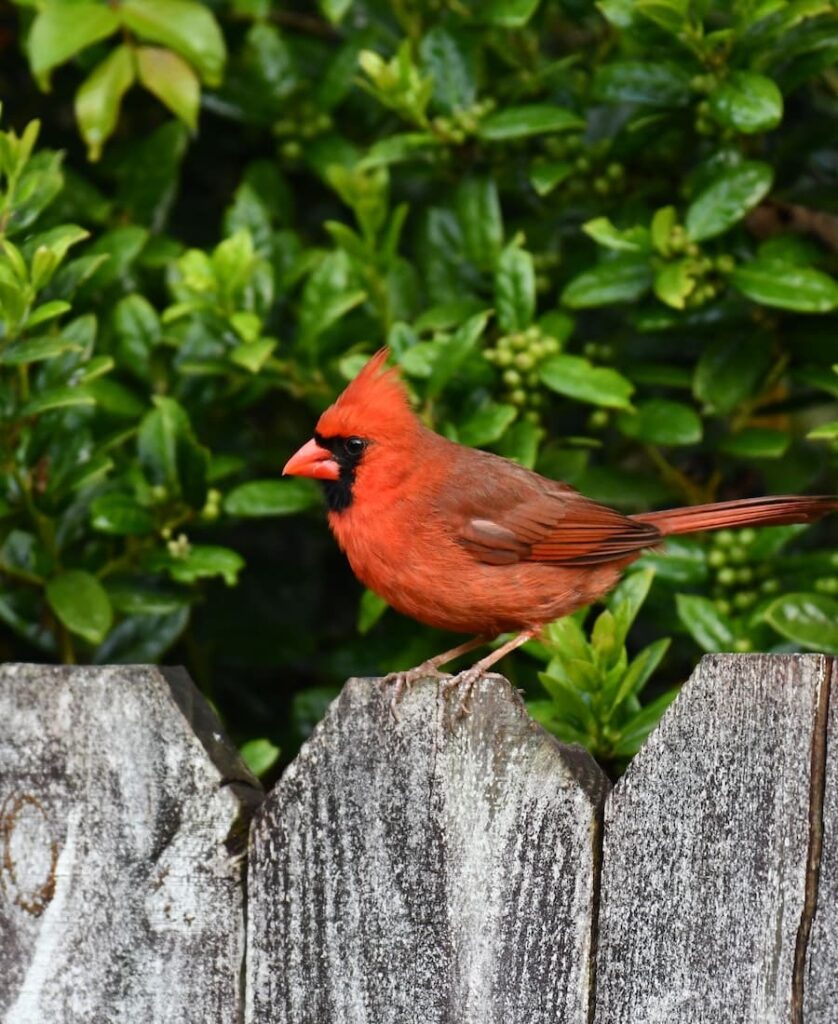
Cardinals are beautiful birds that are commonly found in North America. These birds are known for their bright red feathers, which makes them easy to spot in any backyard. However, one of the most annoying habits of cardinals is their tendency to fly into windows.
This behavior can be frustrating for homeowners, and it can also be dangerous for the birds.
There are several reasons why cardinals fly into windows. One of the most common reasons is that they mistake their reflection in the window for another bird.
During the breeding season, male cardinals can become very territorial and may attack the reflection in an attempt to defend their territory. This behavior can be especially prevalent in areas with a high concentration of cardinals.
Another reason why cardinals fly into windows is that they may be distracted or disoriented. For example, cardinals that recently ate fermented berries may be too disoriented to see the mirror. Additionally, if the window is crystal clear, cardinals may think they’re flying into open space.
To prevent cardinals from flying into windows, there are several things that homeowners can do. For example, adding decals or other markings to the window can help to break up the reflection and make it less attractive to the birds. Another option is to move bird feeders or other attractants away from the windows to reduce the likelihood of cardinals flying into them.
In conclusion, cardinals fly into windows for a variety of reasons, including mistaking their reflection for another bird and being distracted or disoriented.
Homeowners can take steps to prevent this behavior by adding markings to the window or moving bird feeders away from the windows. By taking these steps, homeowners can help to protect both the cardinals and their property.
Reflections and Window Strikes
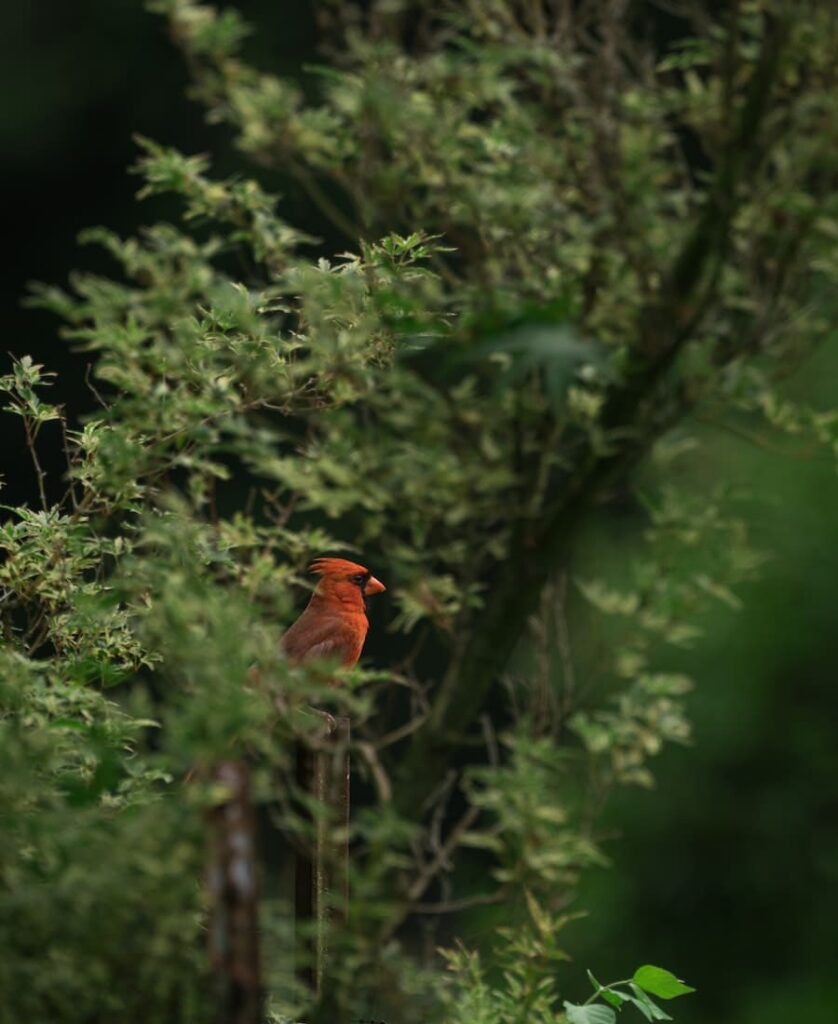
One of the primary reasons why cardinals fly into windows is due to reflections. When cardinals see their own reflection in a window, they often perceive it as an intruder encroaching on their territory. As a result, they engage in aggressive behavior such as pecking or physically striking the glass surface repeatedly. This erratic flight pattern can lead to distress for both the cardinal and concerned observers.
Another reason why cardinals fly into windows is due to the glass itself. If the window is crystal clear, cardinals may think they’re flying into open space.
This is especially true if the window is located near a tree or other vegetation. In this case, the cardinal may mistake the reflection of the vegetation for actual foliage and fly into the window.
Reflective surfaces can also pose a problem for cardinals. For example, a car with a shiny surface can create a reflection that the bird mistakes for open sky. This can result in the bird flying into the car, causing injury or death.
To prevent window strikes, there are a few things that homeowners can do. One option is to add decals or other markings to the window to break up the reflection.
Another option is to close blinds or curtains to reduce the amount of reflection visible from the outside. Additionally, moving bird feeders away from windows can also help reduce the likelihood of window strikes.
Overall, it is important to be aware of the potential dangers that reflective surfaces can pose to birds, particularly cardinals.
By taking steps to reduce the amount of reflection visible from the outside, homeowners can help protect these beautiful birds and prevent unnecessary injuries or deaths.
Potential Dangers and Injuries
While it may seem harmless, cardinals flying into windows can pose potential dangers and injuries. The impact of a bird hitting a window can be quite significant, especially if the bird is flying at a high speed.
This can cause the bird to suffer from a variety of injuries, including broken wings, legs, or beaks. In some cases, the bird may even die from the impact.
In addition to the physical injuries, flying into windows can also cause stress and trauma to the bird. This can affect the bird’s ability to fly, feed, and mate. It can also make the bird more vulnerable to predators, as it may be too weak or disoriented to defend itself.
Windows can be particularly dangerous for birds, as they are often unable to distinguish between reflections and open space.
This can cause them to fly into the glass, thinking that they are flying through an open area. This is a common problem for cardinals, as they are known to be territorial birds and may mistake their reflection in the window for another bird.
To prevent injuries and potential dangers, it is important to take steps to prevent cardinals from flying into windows.
This can include adding decals or stickers to the window, installing external screens, or closing curtains or blinds. By taking these simple steps, it is possible to create a safer environment for both cardinals and other birds.
Preventive Measures
Preventing cardinals from flying into windows is crucial for their safety. Here are some preventive measures that can be taken to avoid collisions:
Window Decals and Stickers
One of the most effective ways to prevent bird-window collisions is by applying window decals or stickers. These decals create a visual barrier that helps birds recognize there is an obstruction ahead.
There are a variety of decals and stickers available in the market, including those that mimic spider webs, hawk silhouettes, and UV-reflective stickers. It is recommended to place the decals or stickers close together, spaced no more than four inches apart.
Window Screens
Installing window screens can also help prevent bird-window collisions. Screens create a physical barrier that birds can see, and they also provide additional benefits such as reducing heat and glare. It is important to ensure that the screens are properly installed and maintained.
Blinds, Curtains, and Netting
Blinds, curtains, and netting can be used to cover windows and reduce the reflection that birds see. This can be particularly effective during the breeding season when birds are more territorial and prone to attack their own reflection.
However, it is important to ensure that the blinds and curtains are not left partially open as this can create an invisible line that birds may mistake for a clear flight path.
Bird Feeders Away from Windows
Bird feeders can attract birds to your property, but they can also increase the risk of collisions if they are too close to windows. It is recommended to place bird feeders at least 30 feet away from windows or to use a feeder that attaches directly to the window.
Building Design
When designing or renovating a building, it is important to consider bird safety. This can include using bird-friendly glass, reducing the amount of glass used, and avoiding placing windows near trees or other attractive features that may draw birds.
Other Preventive Measures
Other preventive measures that can be taken include using frosted privacy films, creating an external shutter system, and drawing curtains or blinds during the day when birds are most active.
Overall, preventing bird-window collisions requires a combination of measures that reduce the reflection and visibility of windows, as well as measures that create physical barriers or redirect birds away from windows.
By taking these preventive measures, we can help protect the safety of cardinals and other birds.
The Role of Urban Areas and Lighting
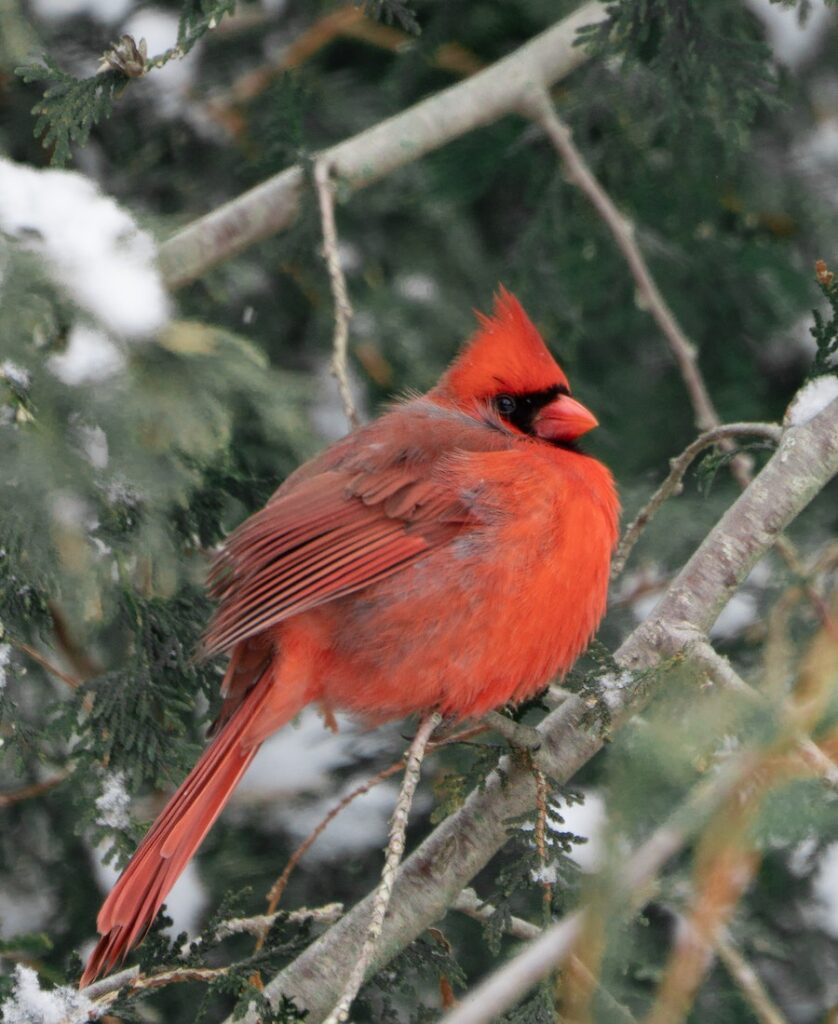
Urban areas and lighting play a significant role in the phenomenon of cardinals flying into windows. The increasing urbanization has led to the creation of more buildings and windows, which in turn has increased the likelihood of birds colliding with them.
Cardinals, like many other birds, are not used to navigating through the urban environment, and their natural instincts are not well adapted to the dangers of man-made structures.
Lighting is a significant factor in this issue as well. Cardinals are attracted to bright lights, especially at night when they are migrating. The lights of buildings can confuse them, causing them to fly towards the light and eventually collide with the windows.
Moreover, the reflection of lights on the windows can create an illusion of open space, leading the birds to believe that they can fly through the glass.
The problem is not limited to just cardinals. Many migratory birds face the same issue, and the problem is only exacerbated in urban areas. The lights of buildings and streetlights can disorient birds, causing them to lose their way and collide with buildings and windows.
To mitigate this issue, several measures can be taken. Installing window films, screens, and shading systems can help reduce the reflection of light and prevent birds from colliding with windows.
Turning off unnecessary lights at night can also reduce the attraction of birds towards buildings. Additionally, attaching a fine-mesh netting to the windows can help break the illusion of open space and prevent birds from flying into them.
In conclusion, the increasing urbanization and lighting in urban areas have contributed to the issue of cardinals and other migratory birds colliding with buildings and windows. However, by taking appropriate measures, we can reduce the number of bird collisions and protect our feathered friends.
The Impact of Foliage and Food Sources
The presence of foliage and food sources can influence the likelihood of cardinals flying into windows. Cardinals are known to consume a variety of foods, including seeds, fruits, and insects.
During the breeding season, they require a diet rich in protein to support the development of their offspring. Berries are a common food source for cardinals, and they are particularly attracted to ripe, fermented berries.
When foliage is dense, it can be difficult for cardinals to see windows and other reflective surfaces. This can lead to collisions, especially during the breeding season when birds are more active and territorial. In addition, birds may be attracted to the reflection of foliage in windows, which can increase the likelihood of collisions.
Cardinals are also known to be territorial birds. They will defend their territory against other birds, including their own reflection. When they see their reflection in a window, they may perceive it as an intruder and attack it. This behavior can be particularly common during the breeding season, when birds are more aggressive.
Insects are another important food source for cardinals. They are known to consume a variety of insects, including beetles, caterpillars, and grasshoppers. Insects are often found in close proximity to windows, which can increase the likelihood of collisions.
Overall, the presence of food sources and foliage can impact the likelihood of cardinals flying into windows. It is important to take steps to reduce the likelihood of collisions, such as placing decals or other markings on windows to make them more visible to birds.
Related Posts:
- Do Cardinals Mate For Life? (Everything You Need To Know)
- Blue Jay VS Cardinal (All You Need To Know) — BirdieExpert
Frequently Asked Questions
How can you prevent cardinals from flying into windows?
There are several ways to prevent cardinals from flying into windows. One of the most effective ways is to use window films that make the glass more visible to birds.
Another way is to use screens or shading systems to reduce the reflection on the glass. Scaring them away with decoys or attaching a fine-mesh netting are also effective methods.
What are some reasons birds fly into windows?
Birds often fly into windows because they do not perceive the glass as a solid barrier. They see the reflection of the environment on the glass and mistake it for open space.
Birds may also fly into windows when they are disoriented due to illness or injury, or when they are being chased by a predator.
Is there a spiritual meaning behind cardinals tapping on windows?
In some cultures, cardinals are believed to be messengers from the spiritual world. When a cardinal taps on a window, it is believed to be a sign of good luck or a message from a loved one who has passed away. However, there is no scientific evidence to support these claims.
Do female cardinals fly into windows more often than males?
There is no evidence to suggest that female cardinals fly into windows more often than males. Both male and female cardinals are equally likely to fly into windows.
What should you do if a cardinal hits your window and dies?
If a cardinal hits your window and dies, you can dispose of the body by placing it in a plastic bag and throwing it in the trash. It is important to wear gloves and wash your hands thoroughly afterwards to prevent the spread of disease.
Why do birds keep flying into windows repeatedly?
Birds may keep flying into windows repeatedly because they do not learn from their previous experiences. They may also be territorial and see their own reflection in the glass, which they interpret as a rival bird. In some cases, birds may be suffering from a medical condition that affects their vision or coordination.


